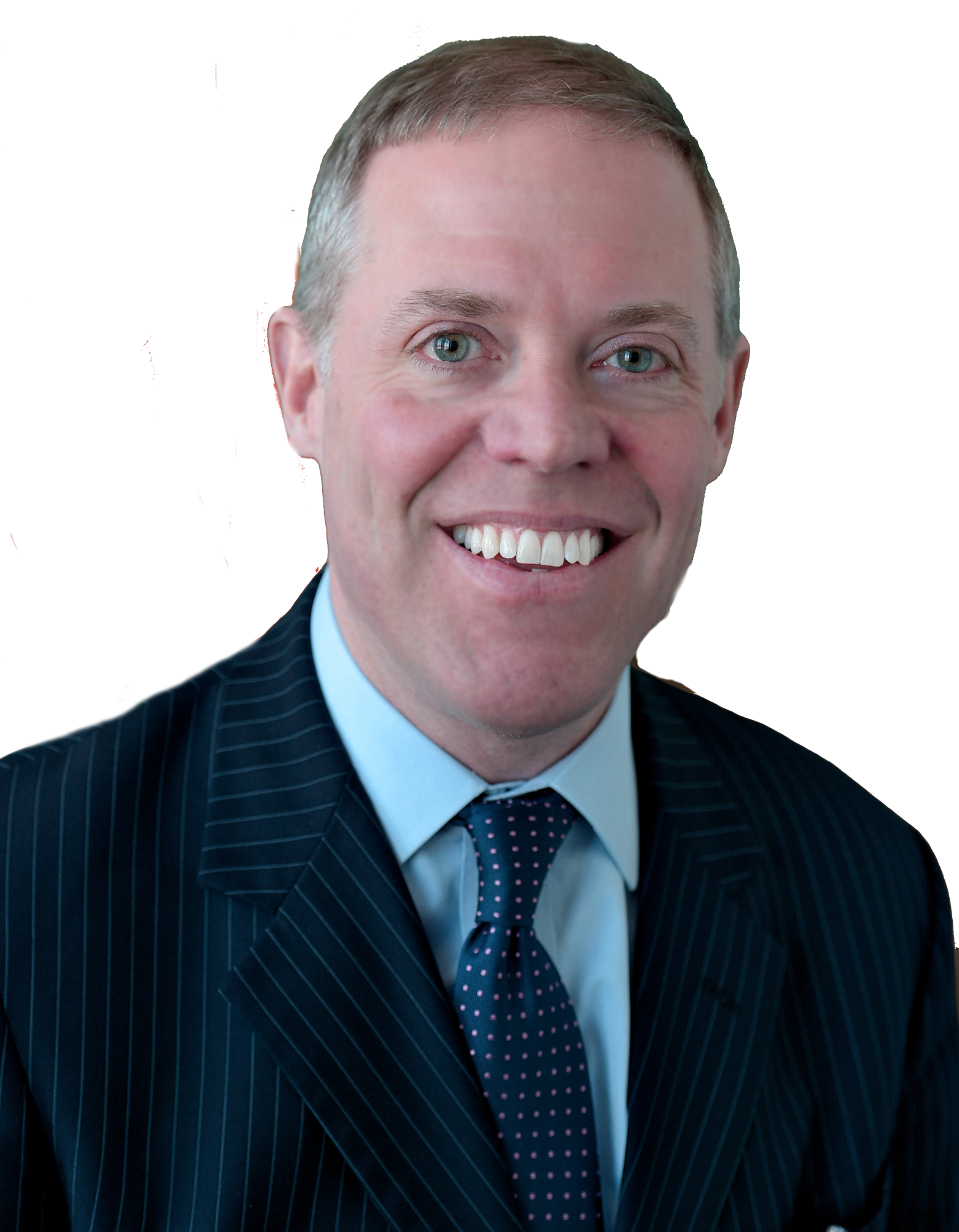‘New York Doctors of Tomorrow’ Would Bring More Doctors to Rural Areas
The U.S. is facing a doctor shortage which is expected to intensify. By 2020, it is estimated there will be a shortfall of 45,000 primary care doctors and 46,000 specialists across the country due to doctor retirements and other contributing factors. This is especially problematic for rural areas where there is a particular shortage of primary care doctors.
Upstate New York communities can attest firsthand to this shortage. A recent survey completed by the Healthcare Association of New York found the state as a whole needs an additional 942 doctors of which 615 are needed in Upstate. Currently, it is estimated that more than 3 million New Yorkers are without access to primary care physicians. Without primary care physicians, patients lose access to regular checkups and good preventative care. They also lose that connection to the health care provider most likely to recommend a specialist or medical procedure that can save people’s lives or prevent a trip to the emergency room.
In addition to the high rate of retirements, there are other factors contributing to the primary care doctor shortage. One factor is the high cost of medical education. It can take 10 years to train a doctor and as a result student loan debt is substantial for most who study medicine. Accordingly, many medical students are choosing specialty fields rather than primary care because the pay is higher. Also, policies at the federal level are contributing to the shortage. Medicare provides funding for graduate medical education in teaching hospitals. The funding directly supports residency training for doctors. In 1997, during the Clinton administration, the federal government enacted the Balance Budget Act which, among other things, capped the number of residencies for which Medicare provides funding. Since that time, the federal government has not increased the number of residency slots paid for by Medicare and therefore the number of residencies has remained at the 1997 level. As a result, we have more medical students that need residencies than residency slots available.
While the Medicare issue has to be resolved on the federal level, there are changes that can be made at the state level to help address this shortage. One solution is to increase the number of medical residency positions in New York’s hospitals. Legislation called “New York Doctors of Tomorrow” that I sponsor will create 50 new state-financed residency positions in New York state. Participants in this program would then be required to practice medicine in an underserved area in the state for 5 years. After that 5-year period, it is hoped the physician will have established themselves in a rural community and decide to stay to improve healthcare in the area in which they started their career.
This innovative approach addresses the medical needs of our communities and creates opportunities for young professionals to work and live in our state. By incentivizing work in rural areas for young doctors we can both improve our healthcare and give young professionals more reasons to choose to live and invest in our Upstate communities.
If you have any questions or comments regarding this or any other state issue, please contact me. My office can be reached by mail at 200 North Second Street, Fulton, New York 13069, by e-mail at barclaw@assembly.state.ny.us, or by calling (315) 598-5185. You also can find me, Assemblyman Barclay, on Facebook.
